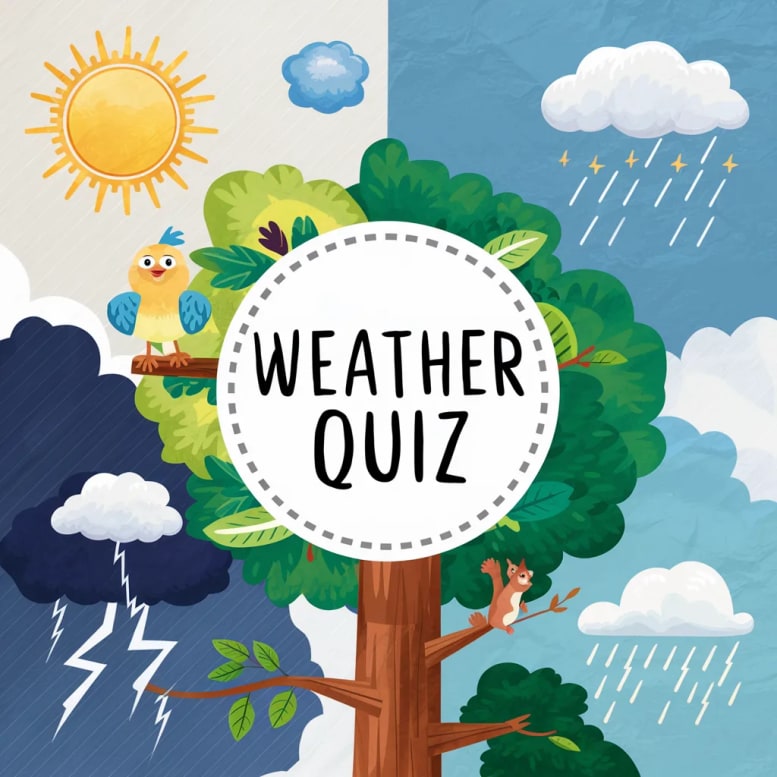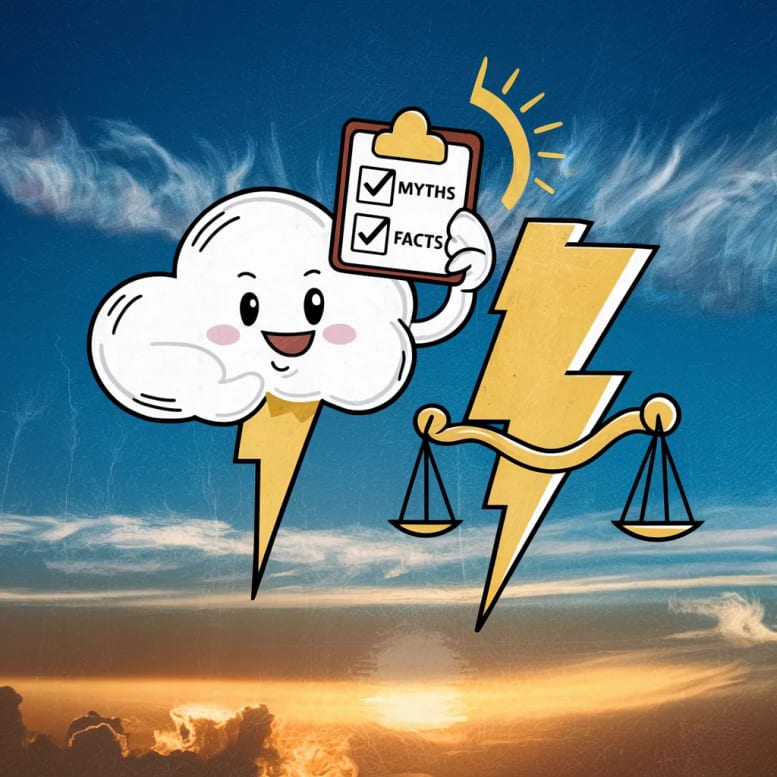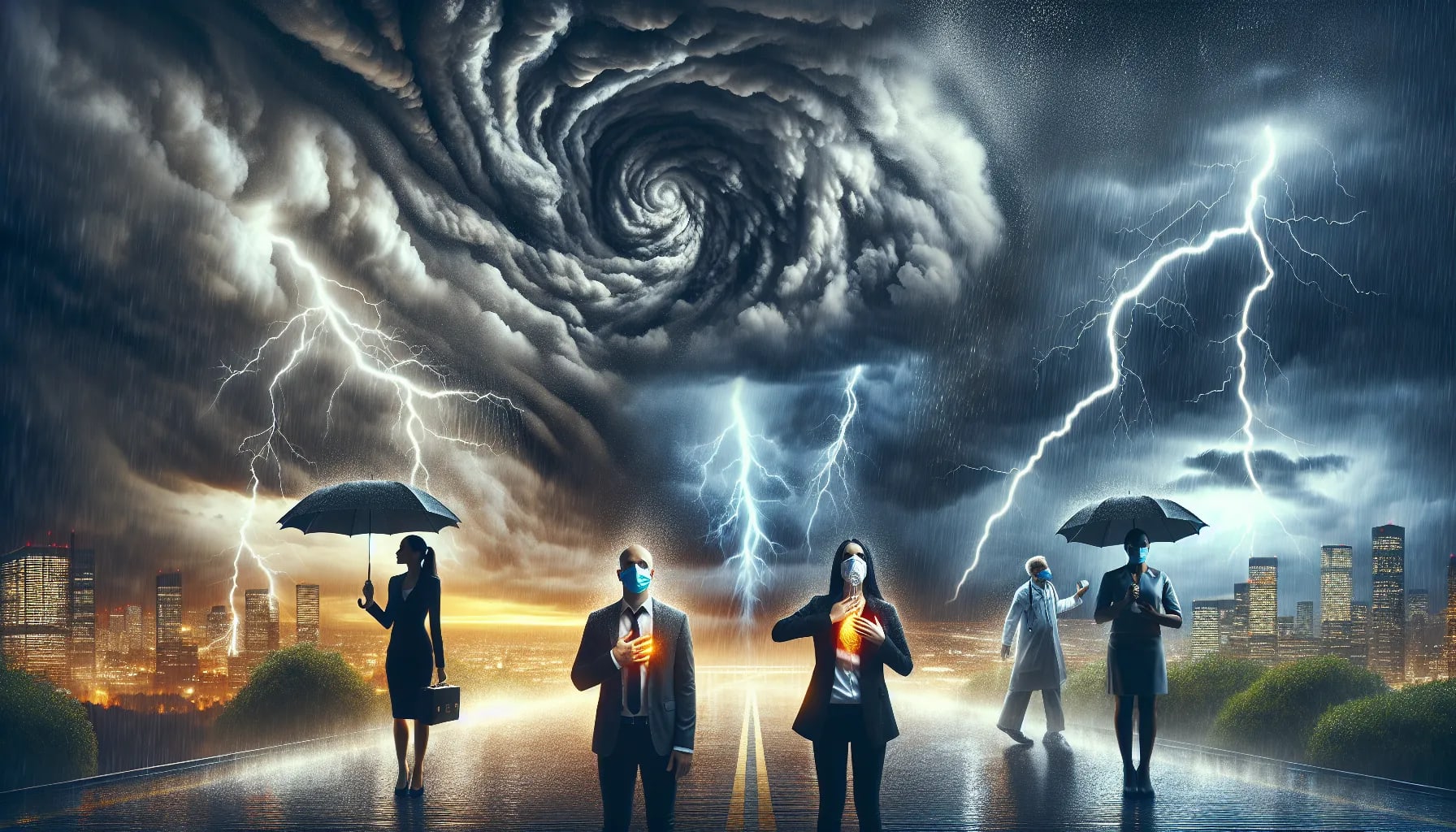Standard Temperature Converter - temperature converter
About Standard Temperature Converter temperature converter
Convert between Celsius, Fahrenheit, Kelvin, and Rankine
Formula:
Varies based on selected units
Tips:
Water freezes at 0°C (32°F, 273.15K, 491.67°R)
Absolute zero is -273.15°C (-459.67°F, 0K, 0°R)
Fun Fact:
The Kelvin scale is named after Lord Kelvin, who proposed it in 1848.
Related Article
Decoding Degrees: A Guide to Understanding Temperature Scales
Temperature is a fundamental concept in weather, science, and everyday life. But with multiple temperature scales in use around the world, it can be confusing to keep track of the differences between Celsius, Fahrenheit, Kelvin, and Rankine.
This guide will delve into the history and science behind these temperature scales, providing you with the knowledge you need to confidently navigate the world of degrees.
1. Celsius (°C): The Metric Standard
The Celsius scale, also known as the centigrade scale, is the most widely used temperature scale worldwide. It is based on the freezing and boiling points of water, with 0°C representing the freezing point and 100°C representing the boiling point at standard atmospheric pressure.
- History: The Celsius scale was invented in 1742 by Swedish astronomer Anders Celsius. Originally, Celsius defined the scale with 0° as the boiling point of water and 100° as the freezing point, but it was later reversed to the current configuration.
- Uses: The Celsius scale is the standard for most scientific and everyday temperature measurements, especially in countries that use the metric system.
2. Fahrenheit (°F): Familiar in the US
The Fahrenheit scale is primarily used in the United States and a few other countries. It is based on a different set of reference points, with 32°F representing the freezing point of water and 212°F representing the boiling point at standard atmospheric pressure.
- History: The Fahrenheit scale was proposed in 1724 by Daniel Gabriel Fahrenheit, a German physicist. The scale's zero point was based on the lowest temperature Fahrenheit could achieve with a mixture of ice, water, and salt.
- Uses: The Fahrenheit scale is commonly used for weather forecasts, cooking temperatures, and everyday temperature measurements in the United States.
3. Kelvin (K): The Absolute Scale
The Kelvin scale is an absolute temperature scale, meaning it starts at absolute zero, the lowest possible temperature where all molecular motion ceases. Zero Kelvin (0 K) is equivalent to -273.15°C. The size of one kelvin is the same as the size of one degree Celsius.
- History: The Kelvin scale was proposed in 1848 by William Thomson, 1st Baron Kelvin, a British physicist.
- Uses: The Kelvin scale is the standard for scientific temperature measurements, particularly in physics and chemistry.
4. Rankine (°R): Another Absolute Scale
The Rankine scale is another absolute temperature scale, but it uses the Fahrenheit degree as its unit. Zero Rankine (0°R) is equivalent to absolute zero, the same as 0 K.
- History: The Rankine scale was proposed in 1859 by William John Macquorn Rankine, a Scottish engineer and physicist.
- Uses: The Rankine scale is less commonly used than Kelvin, but it has applications in some engineering fields, particularly in the United States.
Converting Between Temperature Scales
Here are the formulas for converting between Celsius, Fahrenheit, Kelvin, and Rankine:
- Celsius to Fahrenheit: °F = (°C × 9/5) + 32
- Fahrenheit to Celsius: °C = (°F - 32) × 5/9
- Celsius to Kelvin: K = °C + 273.15
- Kelvin to Celsius: °C = K - 273.15
- Fahrenheit to Rankine: °R = °F + 459.67
- Rankine to Fahrenheit: °F = °R - 459.67
- Kelvin to Rankine: °R = (K × 9) / 5
- Rankine to Kelvin: K = (°R × 5) / 9
Temperature: A Universal Concept
From freezing water to the heat of the sun, temperature is a fundamental measure of energy and plays a crucial role in shaping our world. By understanding the different temperature scales and their relationships, you can navigate the world of degrees with confidence!
Some related Fun Facts...
Temperature Fun Facts:
- The hottest temperature ever recorded on Earth was 134°F (56.7°C) in Death Valley, California.
- The coldest natural temperature ever recorded was -128.6°F (-89.2°C) at Vostok Station in Antarctica.
- The Kelvin scale is named after Lord Kelvin, a British physicist who contributed to the understanding of thermodynamics.
- The Fahrenheit scale was developed by Daniel Gabriel Fahrenheit, a German physicist who invented the mercury thermometer.
- Absolute zero is unattainable in practice but can be approached very closely in laboratories.
- The human body temperature is typically around 98.6°F (37°C).
- The temperature of the sun's core is estimated to be about 27 million degrees Fahrenheit (15 million degrees Celsius).
- The coldest place in the universe is the Boomerang Nebula, with a temperature of -458 degrees Fahrenheit (-272 degrees Celsius).
- Temperature plays a crucial role in all aspects of life, from weather patterns to chemical reactions to biological processes.
- Understanding temperature scales and conversions is essential for navigating various fields, including science, engineering, and everyday life.
Frequently Asked Questions
Temperature Conversion FAQ:
1. What is the difference between Celsius and Fahrenheit? Celsius is a metric scale where 0°C is the freezing point of water and 100°C is the boiling point. Fahrenheit is a scale where 32°F is freezing and 212°F is boiling.
2. Why is Kelvin used in science? Kelvin is an absolute temperature scale starting at absolute zero (-273.15°C or -459.67°F), making calculations easier.
3. When would I use Rankine? Rankine is another absolute scale, but it uses Fahrenheit degrees. It's used in some engineering fields.
4. Is there an easy way to convert between Celsius and Fahrenheit? A rough estimate: double the Celsius temperature and add 30 for approximate Fahrenheit, or subtract 30 from Fahrenheit and divide by 2 for approximate Celsius.
5. What is the significance of absolute zero? It's the theoretical temperature where all molecular motion ceases.
6. Why are there multiple temperature scales? Historical reasons and different systems of measurement (metric vs. imperial).
7. What are some common temperature conversions used in daily life? Cooking temperatures, weather forecasts, and body temperature.
8. How do temperature conversions affect scientific calculations? Using the wrong scale can lead to incorrect results, especially in physics and chemistry.
9. Where can I find accurate temperature conversion tools? Online converters, weather apps, and scientific calculators provide reliable conversions.
10. What are some tips for remembering temperature conversion formulas? Practice, use mnemonics, or create a quick reference chart.
















